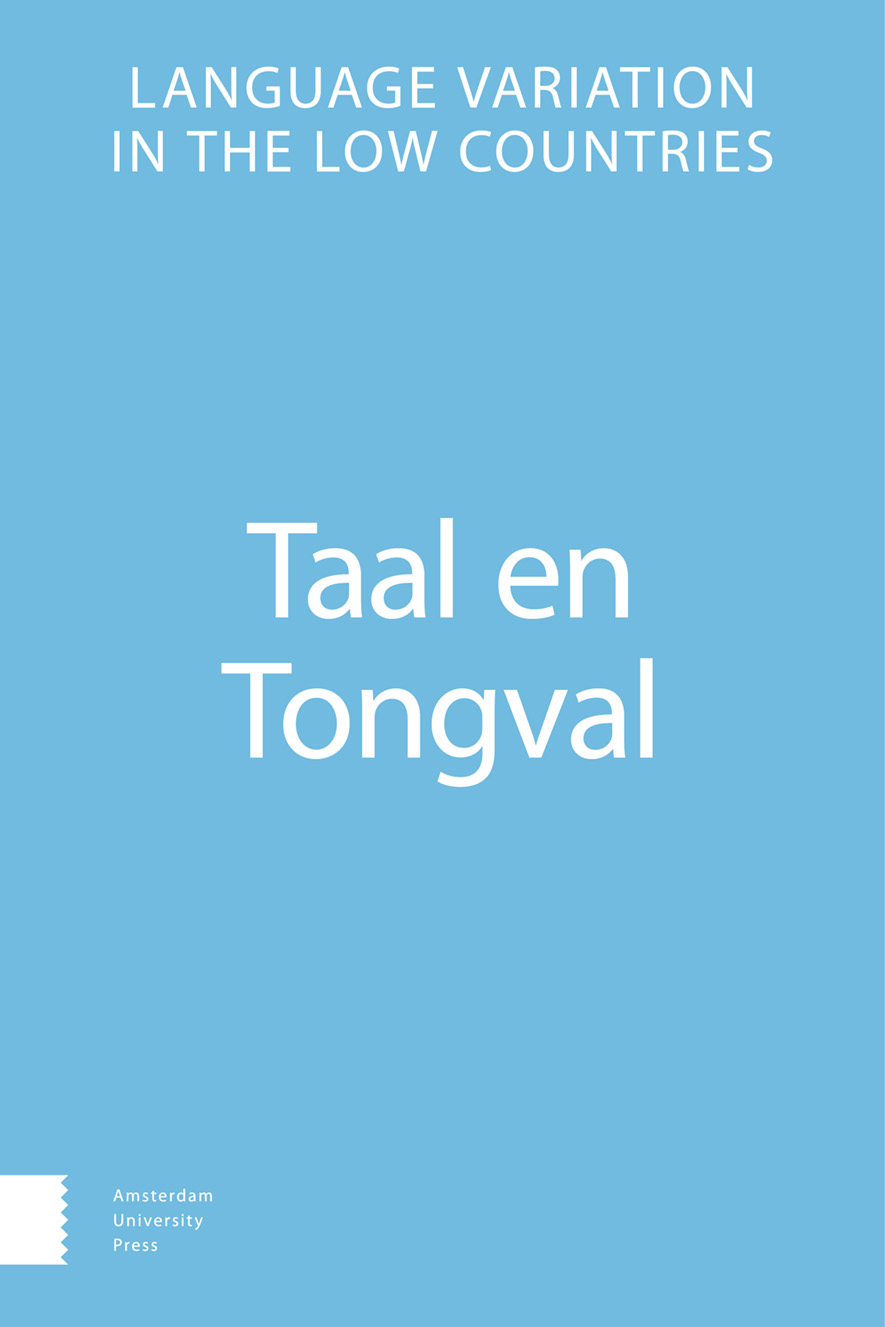-
oa The Dutch gender-neutral pronoun die: more accepted for generic than for specific reference
- Amsterdam University Press
- Source: Taal en Tongval, Volume 77, Issue 1, Mar 2025, p. 76 - 107
-
- 01 Mar 2025
Abstract
Research on English singular they and Swedish hen indicates that gender-neutral pronouns for specific (nonbinary) reference are less accepted than for generic reference. This raises the question whether this greater acceptance of the generic usage of gender-neutral pronouns also applies to Dutch, a language in which the generic use of the masculine pronoun hij is still common, and in which the metadiscourse on gender-neutral pronouns mainly focuses on its nonbinary usage. We therefore conducted a study on the perception of Dutch gender-neutral die for both generic and specific reference in comparison to binary pronouns. We found that binary pronouns were preferred over gender-neutral die and that die for generic reference was more appreciated than for specific reference. All in all, the results suggest that for generic reference, the gender-neutral pronoun die shows potential as a more gender-inclusive alternative to pair forms consisting of binary pronouns and to masculine generics.


